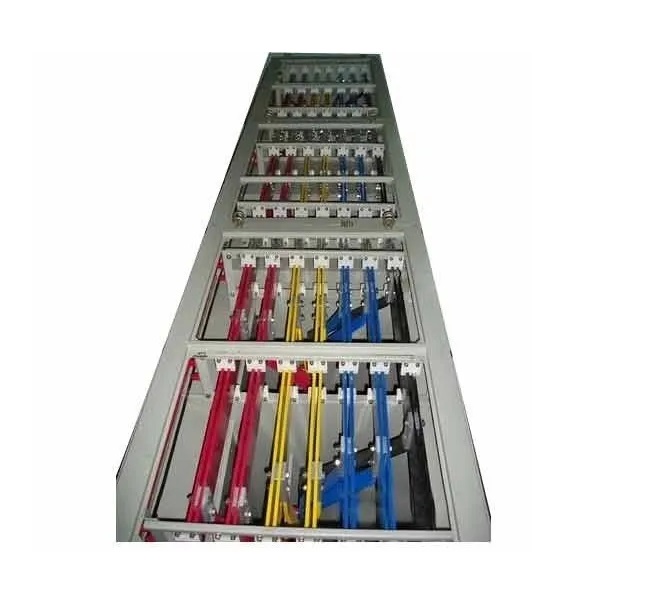


A bus duct (also known as a busway) is a compact, robust, and efficient electrical distribution system designed to deliver power from a source to various devices or locations within industrial, commercial, or large-scale buildings. Bus ducts provide an alternative to traditional cable-based systems, offering enhanced flexibility, reliability, and ease of installation.
High Efficiency: Minimal power loss due to reduced resistance and high conductivity materials.
Compact Design: Saves space compared to bulky cable trays and conduits.
Versatile Configurations: Available in various types such as plug-in, feeder, and segregated-phase ducts for different applications.
Durability: Constructed with high-grade aluminum or copper conductors and protective enclosures, ensuring resistance to environmental factors like heat, moisture, and corrosion.
Ease of Installation: Modular construction allows for quick assembly, disassembly, and modifications.
Safety: Equipped with insulation and grounding features to ensure secure and safe operation.
Industrial Facilities: Ideal for power distribution in manufacturing plants, refineries, and warehouses.
Commercial Buildings: Used in shopping malls, office complexes, and data centers for efficient power distribution.
Renewable Energy Projects: Facilitates power transfer in solar farms and wind energy setups.
Infrastructure Projects: Suitable for airports, metro stations, and other large public utilities.
Reduces downtime during installation or maintenance.
Scalable for future expansion or reconfiguration.
Cost-effective solution for high-current power distribution needs.